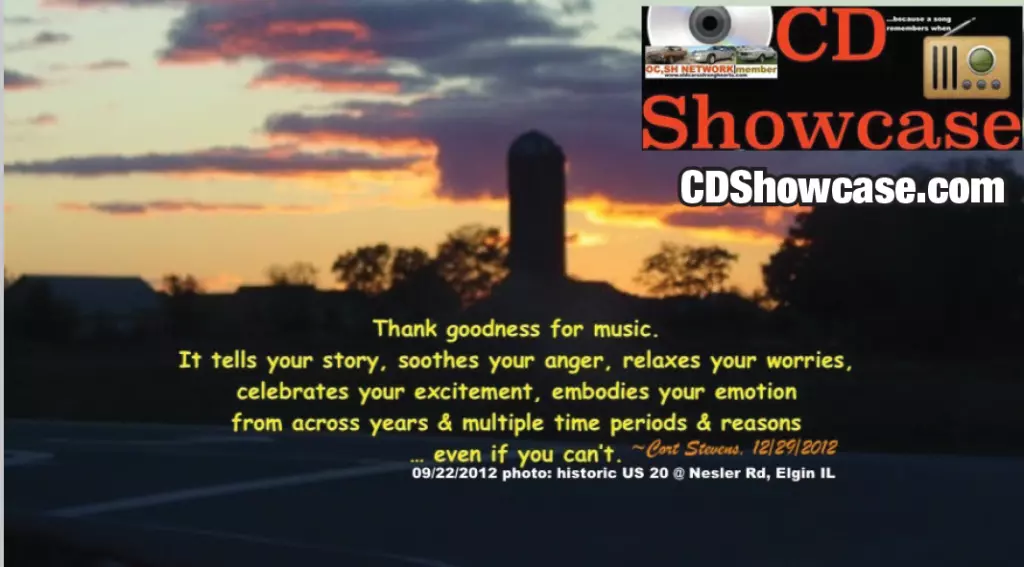Wednesday 29th May 1946
The first production Kaiser and Frazer automobiles came off the Willow Run line in Michigan, US. The first cars were shipped to dealers on June 22; all were registered as 1947 models. Despite Kaiser and Frazer’s earlier talk of inexpensive small cars, neither model was anything close to a low-priced economy car. The Kaiser Special started at $1,868, nearly $700 more than the cheapest 1947 Chevrolet. The Frazer, meanwhile, started at $2,053, over $100 more than an eight-cylinder Buick Special. Both Kaiser-Frazer products rode well, were reasonably economical, and had nicely trimmed interiors, but they were in no way exceptional. At almost any other time, that would have been disastrous, but Kaiser-Frazer had the good fortune to roll out its new cars close to the beginning of the postwar automotive boom. Unlike depressed, devastated Europe and Japan, American roads were intact and American buyers, flush with unspent wartime earnings, had money to spend. As soon as civilian production resumed in the fall of 1945, customers began snapping up every new car they could get their hands on. Dealers soon had lengthy waiting lists and automotive “scalpers” became common. Kaisers and Frazers might have been ordinary, but they were new and they had four wheels, which was enough for many buyers.n such a seller’s market, it was all Kaiser-Frazer could do to keep up with demand. When Continental couldn’t build engines fast enough, Frazer arranged to lease a plant in Detroit so K-F could build most of the engines itself. Kaiser-Frazer ultimately sold 70,474 Kaisers and 68,775 Frazers in the 1947 model year, giving the company the best market share of any of the American independents. Kaiser-Frazer posted a $19 million profit for 1947 calendar year, offsetting the previous year’s losses.Graham-Paige, however, was still not pulling its weight. Graham was supposed to build a third of all Kaiser-Frazer cars, but ultimately managed fewer than 9,000. Moreover, Graham-Paige still hadn’t been able to meet its contractual obligation to finance one-third of Kaiser-Frazer’s operating expenses. In February 1947, the Graham-Paige board finally decided to sell its remaining automotive assets to Kaiser-Frazer and get out of the passenger car business once and for all. Kaiser-Frazer sales remained robust in 1948 despite even higher prices. Demand was still strong enough that buyers didn’t flinch at the $2,460 price of a new Kaiser Custom model or the even-costlier Frazer Manhattan, which actually listed for $27 more than a Cadillac Series 62 sedan. Total K-F sales for the model year amounted to 91,851 Kaisers and 48,071 Frazers, yielding a $10.4 million net profit. Despite two profitable years, Kaiser-Frazer remained perilously under-capitalized. In January 1948, the company tried to organize another stock offering, underwritten by Allen & Company, First California, and Otis and Company, but the brokers got cold feet and the offering collapsed almost immediately. The main results were a significant drop in Kaiser-Frazer’s share prices and a protracted legal battle between Kaiser-Frazer and Otis and Company’s Cyrus Eaton. Without the expected income from the stock offering, Kaiser-Frazer had to obtain another $20 million loan from Bank of America.






